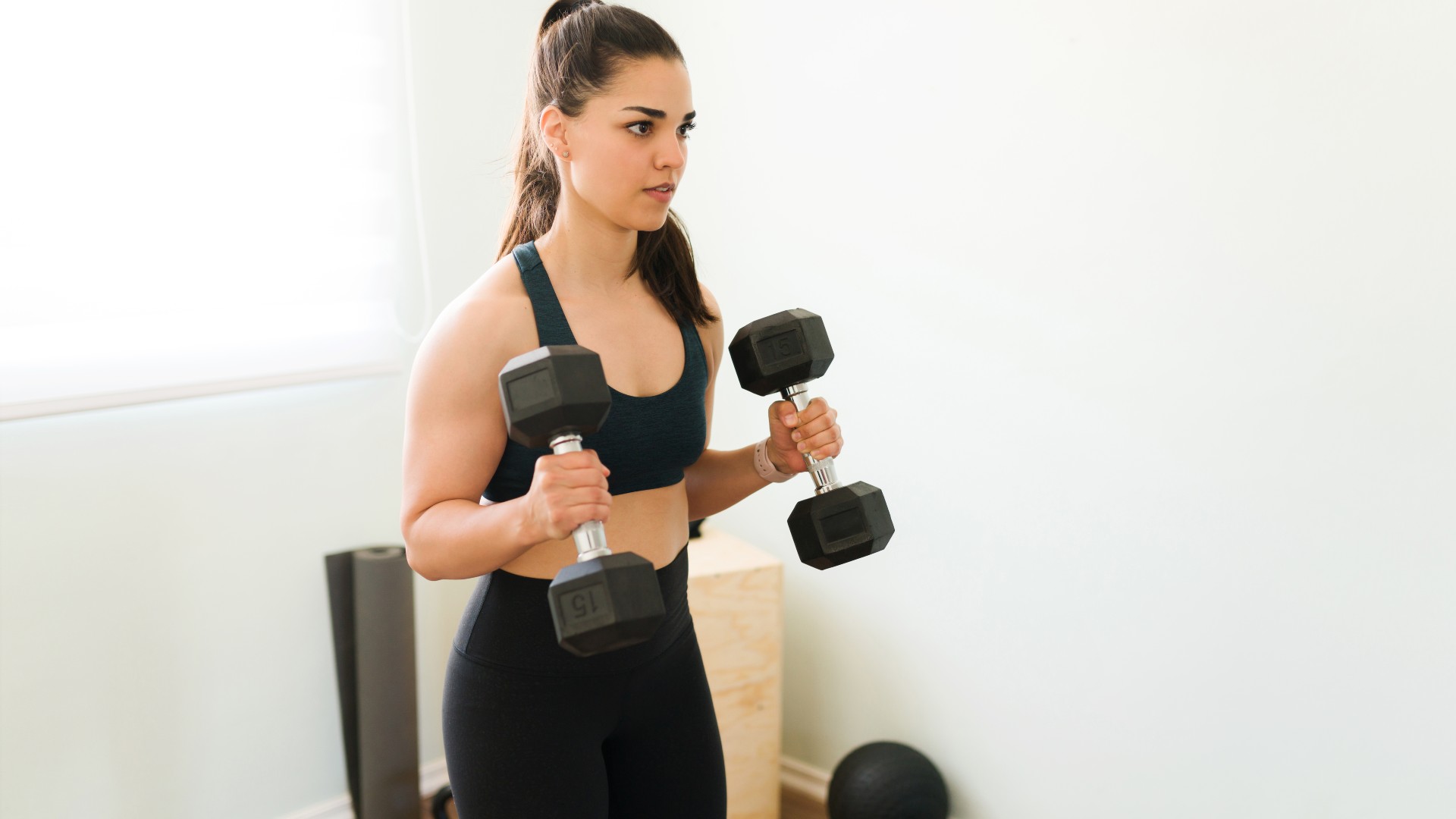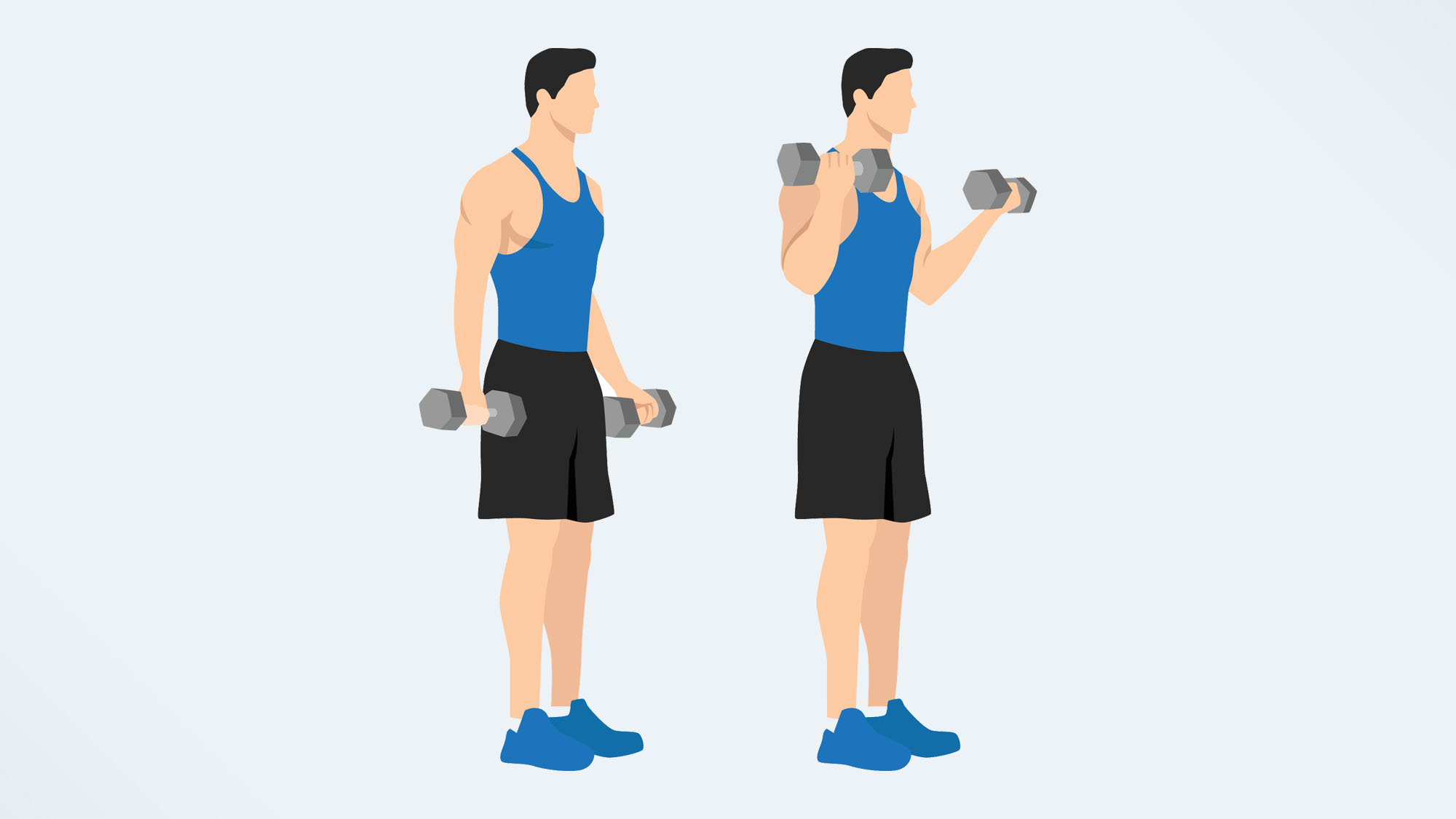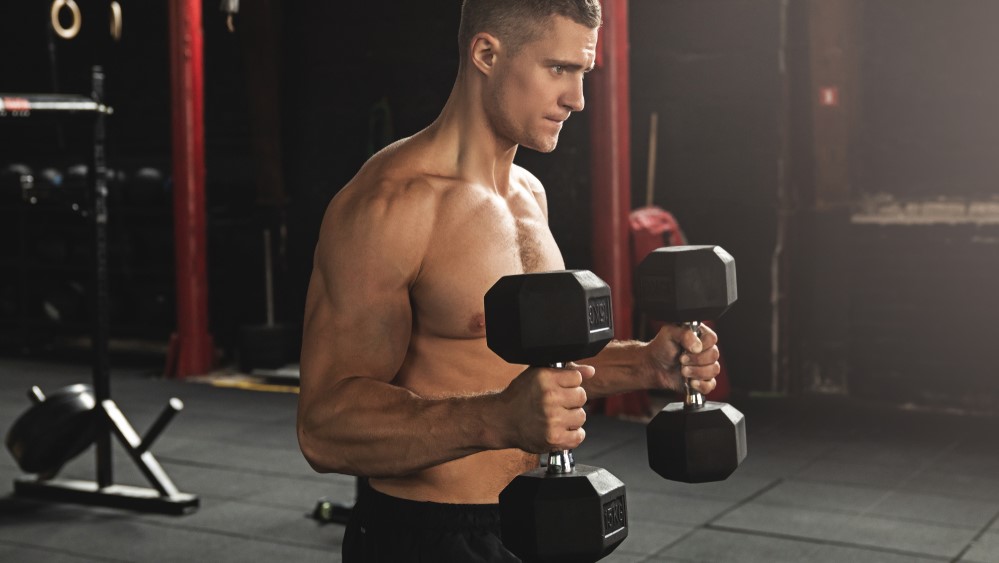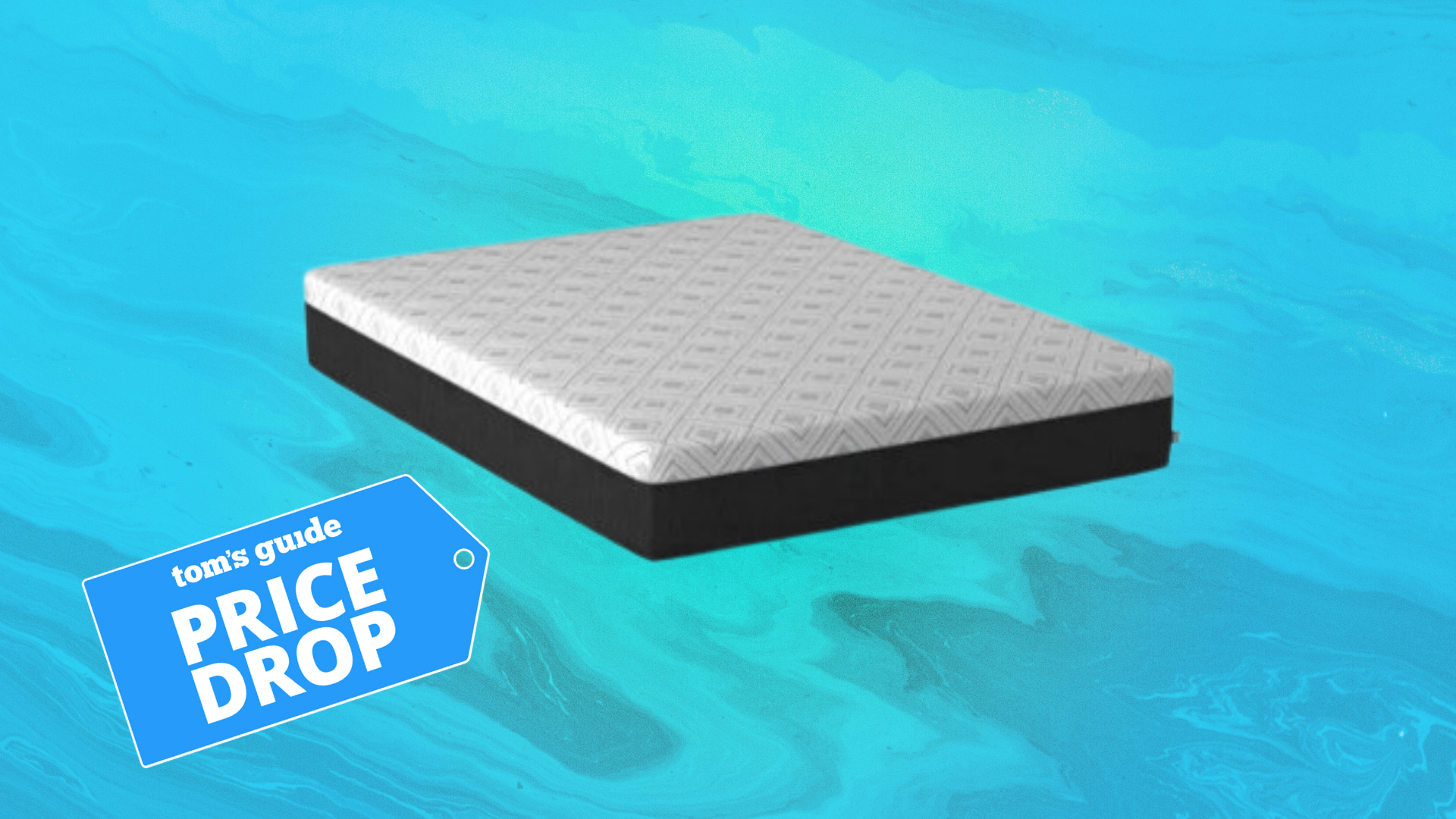
The quest for a pair of bulging biceps is like a rite of passage for many fitness enthusiasts. Symbolising strength and dedication, these front-facing arm muscles have long been a focus for gym-goers of all levels, whether that’s seasoned bodybuilders or those just starting their fitness journeys.
To achieve that well-defined look, many turn to arm-based isolation exercises, hoping they're the golden ticket to big bicep glory. There are two such contenders in this muscle-building showdown. The first is the classic bicep curl – the one you've seen in every gym with folks lifting a pair of adjustable dumbbells or barbells. And the second is the more modern alternative: the hammer curl. The latter is like the rebellious cousin, with a neutral grip that not only pumps up the biceps but also gets the brachialis and brachioradialis in on the action.
So, the big question: which curl is the best? With the help of some fitness experts, we’ll break down the nitty-gritty of both exercises, including the benefits each brings and how to perform them and uncover which you should prioritise on your next gym visit.
Bicep curls vs hammer curls: What's the difference, exactly?
While both exercises target the muscles located in front of your arms, there is a slight difference between the two moves.
Bicep curls emphasise the biceps brachii (the two-headed muscle in the upper arm, responsible for flexion), especially when performed with a supinated grip (palms up)
Hammer curls, on the other hand, work the bicep brachii muscle plus two other, connected muscles: the brachialis (the muscle underneath the biceps brachii, aiding elbow flexion) and the brachioradialis (one of the key forearm muscles which supports elbow movement).
The key distinction comes down to the grip: bicep curls use a palms-up grip while hammer curls use a neutral grip (palms facing each other).
Get instant access to breaking news, the hottest reviews, great deals and helpful tips.
Bicep curls vs hammer curls: What are the benefits?

Curls have been kicking around the fitness scene for donkeys years, but are they still worth doing? We talk to a couple of fitness experts, who talk us through the main advantages each exercise can bring if taken up regularly as part of your fitness regime.
Highlighting how both exercises are quick to master, even for beginners, Personal Trainer at Fitness Superstore, Keoghan Bellew, says they both come with a variety of benefits.
“While bicep curls effectively target the bicep, stabilising and strengthening the shoulder, hammer curls have plenty of advantages too, including making the biceps appear larger and improving grip strength,” he explains.
Nutrition and Training Specialist at Freeletics, David Wiener, offers up his advice regarding hammer curls, and how they are often an underrated and forgotten-about exercise that’s beneficial in more ways than one.
“When this move is performed correctly, it not only increases bicep size and strength - improving wrist stability, increasing muscle endurance and strengthening grip - but it helps support your shoulders when carrying heavier objects,” he says.
“You can also incorporate different equipment such as dumbbells or barbells, to continue pushing yourself and strengthening the bicep muscle.”
Bicep curls vs hammer curls: How to perform each exercise
Knowing the benefits of hammer and bicep curls is all good and well, but they’re useless if you don’t know how to do them. Here’s a step-by-step guide to performing each:
How to perform a bicep curl

- Stand up straight, with a dumbbell in each hand or a barbell in both. Choose a weight that suits your fitness ability.
- Grip the weight and hold the dumbbell or barbell with both hands using an underhand grip, palms facing forward. Your hands should be positioned slightly wider than shoulder-width apart.
- Keep your elbows close to your sides and pull your shoulders back. Keeping your upper arms stationary, exhale as you slowly bend your elbows and lift the weight towards your chest. Focus on squeezing your biceps as you lift.
- Continue lifting until your forearms are nearly vertical and the weight is close to your chest. Your biceps should be fully contracted at the top. Hold for 1-2 seconds.
- Inhale as you lower the weight back down to the starting position in a controlled manner. Keep your movements smooth and avoid swinging the weight.
Perform the desired number of repetitions, typically 8-12 per set, while maintaining proper form.
How to perform a hammer curl

- Start by sitting on a workout bench with your back upright and a pair of dumbbells by your sides (Again, you can perform this move while standing). Be sure to choose a weight well suited to your fitness level.
- Maintain proper posture by keeping your elbows tight into your body and pulling your shoulders back. Standing with your feet shoulder-width apart, keep your core engaged and your back straight throughout the exercise.
- Hold the dumbbells with an overhand grip (palms facing your torso). Your hands should be positioned close together, and your arms should hang by your sides.
- Begin the move with your arms fully extended and curl your arms towards your chest until your thumbs are near your shoulders.
- Exhale as you bend your elbows, raising the dumbbells toward your shoulders. Keep your upper arms stationary, focusing on squeezing your biceps and the muscles in the front of your arms. Hold your arms in this position for 1-2 seconds.
- Continue lifting until your forearms are vertical, and the dumbbells are close to your shoulders. Your biceps should be fully contracted at the top.
- Inhale as you lower the dumbbells back down to the starting position in a controlled manner. Again, keep your movements smooth and avoid swinging the weights.
Perform the desired number of repetitions, typically 8-12 per set while being sure to retain proper form.
Bicep curls vs hammer curls: Which is best for working the biceps?

From what we’ve learned so far, bicep curl and hammer curl exercises are both beneficial additions to any workout routine.
However, when it comes to defining and increasing the size of the biceps, Bellew declares that hammer curls “easily come out on top”. Buy why?
“Hammer curls target the long head of the bicep muscle, which is on the outer side of the arm and therefore creates more visible changes,” he explains. “But it’s worth noting that bicep curls do still have an impact on the size of the muscle, as training the short head helps build the bicep peak.”
Weiner agrees, adding that while both exercises target slightly different muscles in your arms, there’s a case for performing each when heading to the gym.
“Bicep curls are largely undertaken to increase strength and muscle size, while hammer curls increase thickness in your muscles and create an overall more aesthetically pleasing arm,” he says.
“This is due to the exercises having a different place of muscle growth, with hammer curls targeting the long bicep, and the bicep curl targeting the shorter bicep.”
Nevertheless, according to Weiner, the exercise you opt for completely depends on your goals and how you want your biceps to look.
“I would recommend a combination of both for ultimate definition and increase in muscle mass. One of these exercises should not be chosen over the other, but rather used to complement each other,” he adds.
More from Tom's Guide
- Best bicep exercises: 7 of the best bicep exercises for building your arms
- Hammer curls: how to do them and the benefits for building bigger biceps
- This 5-move back and biceps workout carves muscle with dumbbells

Lee Bell is a freelance journalist and copywriter specialising in technology, health and fitness and how the latest innovations are shaking up the lifestyle space. From national newspapers to specialist-interest magazines and digital titles, Lee has written for some of the world’s most respected publications during his 12-plus years as a journalist.
